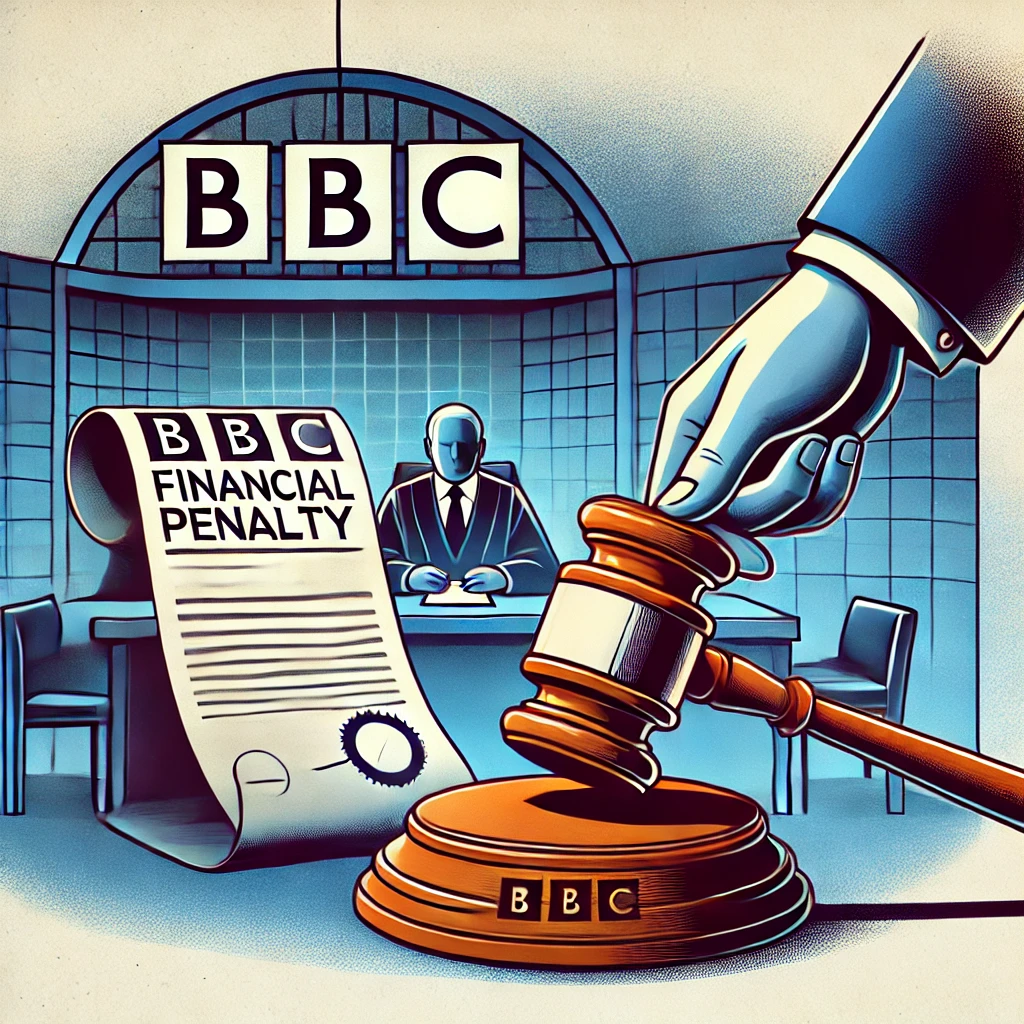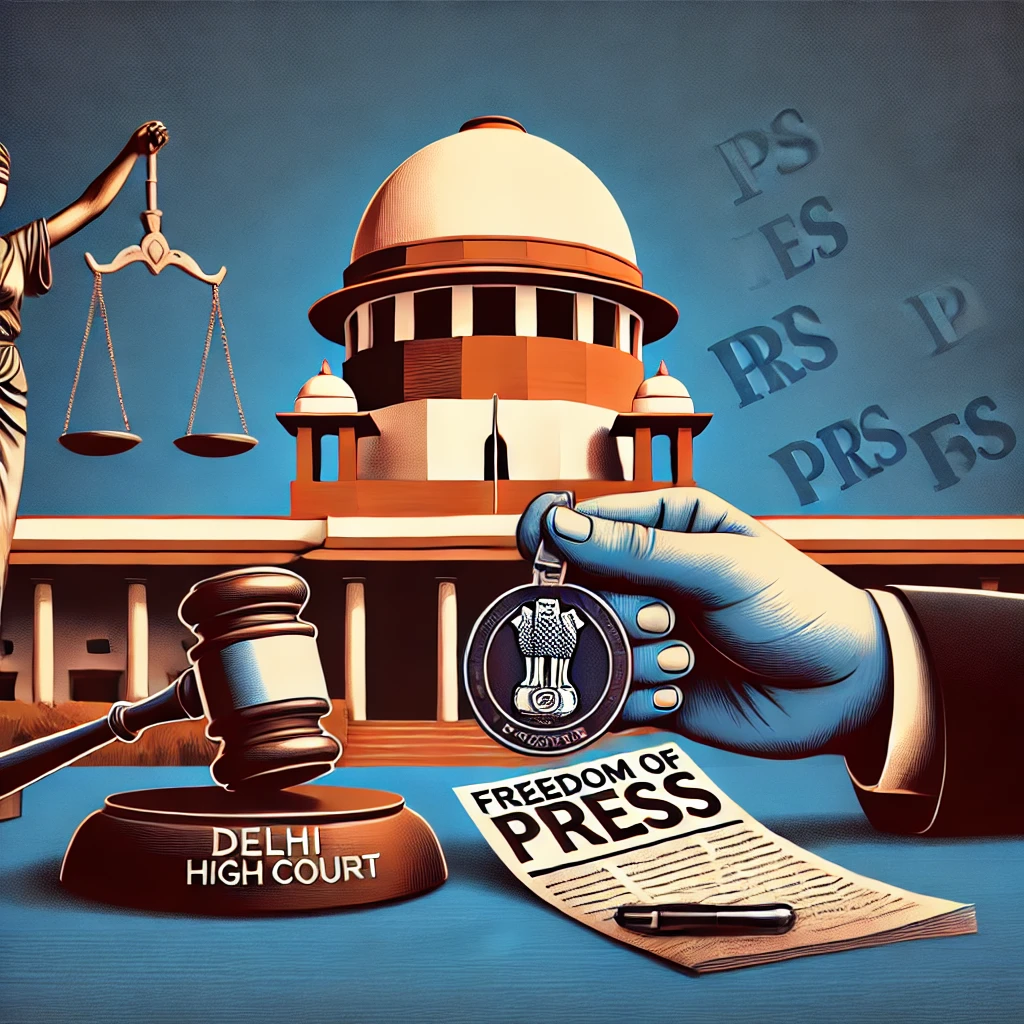Media laws at Cocos (Keeling) Islands (Australia)
The Cocos (Keeling) Islands, an external territory of Australia, are governed by Australian federal laws, including media laws. However, there are some specificities and local governance that could apply, considering its unique status.
1. Media Regulation in Australia
Since the Cocos (Keeling) Islands fall under Australian jurisdiction, the major media laws are shaped by Australian federal legislation:
Broadcasting Services Act 1992 (BSA): This act regulates broadcasting in Australia, including television, radio, and online content. It covers licensing, content requirements, and the provision of public interest services.
Australian Communications and Media Authority (ACMA): ACMA is the regulator overseeing communications, broadcasting, and media in Australia. The same regulatory framework applies to the Cocos Islands as to the rest of Australia. This includes rules regarding broadcasting licenses, content standards, and broadcasting rights.
Australian Press Council: Though the Council deals mainly with print media, its guidelines on ethical standards may be followed on the Islands if print media exists there. The council enforces a code of conduct for newspapers and magazines to ensure accurate reporting and fair treatment of subjects.
2. Local Governance
The Cocos (Keeling) Islands are under the Indian Ocean Territories Administration, which means they are managed by the Department of Infrastructure, Transport, Regional Development, Communications and the Arts in Australia. Media in the region may also be influenced by local governance and policies specific to the islands, but the legal framework would largely mirror national media regulations.
3. Australian Defamation Laws
Defamation laws, which protect individuals and entities from false and damaging statements, are enforced in the Cocos Islands under the broader Australian legal system. These laws require media outlets to be careful when reporting to avoid legal actions for defamation.
4. Australian Classification and Content Laws
The National Classification Scheme: This is important for determining what content is suitable for different audiences. It applies to films, video games, and online content.
Television and Radio Content Standards: The ACMA enforces rules about the content broadcast on television and radio, ensuring that it aligns with Australian community standards, including restrictions on offensive material, misleading advertising, and so forth.
5. Freedom of Speech and Press Freedom
Australia upholds freedom of speech and press freedom within the context of laws protecting individuals from harm (like defamation) and restricting certain content (e.g., hate speech or misinformation). These rights are equally applicable to the media in the Cocos Islands.
6. Indigenous and Community Media
While there are no major media outlets in the Cocos Islands, the community does rely on government services for access to information and communication, including radio and satellite-based media. If the islands were to develop local media services, the Australian laws regarding community broadcasting and content creation would likely apply.
Conclusion:
The media in the Cocos (Keeling) Islands is regulated by the same federal media laws that apply to Australia at large, overseen by agencies like the Australian Communications and Media Authority (ACMA). These regulations cover broadcasting, defamation, media ethics, and content classification, among other areas. Local governance does play a role in the implementation and management of services, but it does not supersede Australian federal media laws.




















0 comments